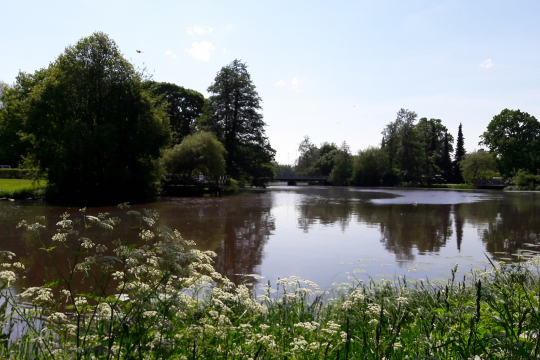Abstract
Clean water is not only the product of expensive treatment technology but also of upstream ecosystems. Yet, the effect of land use on downstream water quality is poorly understood. We investigate the value of ecosystem water purification as an input to the production of drinking water in Sweden. We employ a recently modified empirical approach, complementing ex-ante modeling. We capture plant operator behavior, rather than assuming rational individuals that value ecosystem services as a factor in the drinking water production function. The GMM technique is applied to estimate the marginal contributions of different land uses to water quality and chemical costs of treatment plants. The analysis is based on upstream land-use data, raw water quality, and chemical costs for a large share of Sweden's municipal surface water treatment plants, for the period 2000 to 2012. Our results show that upstream forests lead to lower levels of E. coli (a pathogen associated with disease outbreaks) in downstream water and indicate the same effect on turbidity (not significant). We also find that turbidity increases treatment costs, but the effect of E. coli remains unclear. Consequently, in addition to water treatment equipment, decision-makers should consider investment in upstream ecosystems.
Abbreviations
GIS
Geographic information system
GMM
Generalized method of moments
Keywords
Drinking water
Ecosystems services
Forests
GIS
Pollution

